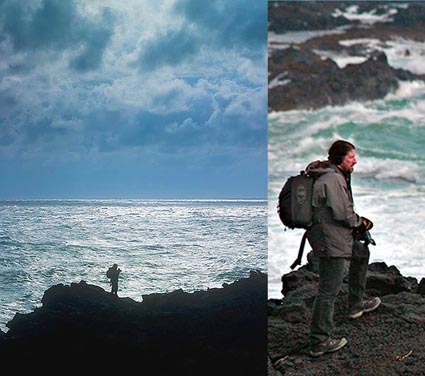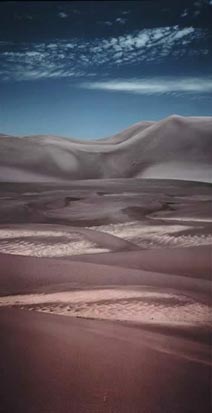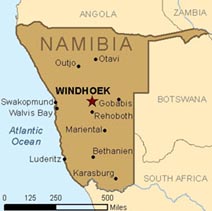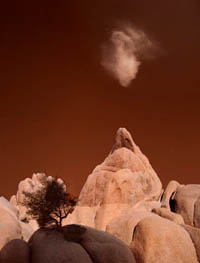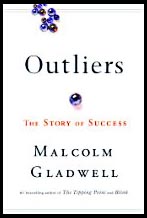
10,000 hours. The amount of time it takes to become an expert at something. That’s 40 hours a week for 250 weeks or 4.8 years. That’s what most people talk about when they talk about Malcolm Gladwell’s Outliers : The Story of Success. But Gladwell goes much further than this. There are many other components to success. Culture. Family. Attitude. Receptivity. Flexibility. Versatility. Opportunity. Timing. Luck.
“Superstar lawyers and math whizzes and software entrepreneurs appear at first blush to lie outside ordinary experience. But they don’t. They are products of history and community, of opportunity and legacy. their success is not exceptional or mysterious. It is grounded in a web of advantages and inheritances, some deserved, some not, some earned, some just plain lucky – but all critical to making them who they are. The outlier, in the end, is not an outlier at all.”
He gives many great examples, told in his inimitable style, part social psychology, part mystery/thriller. Perhaps the most interesting is the final chapter, the story of his own personal family history. Including this is an interesting move, not just from a human interest point of view, not just from the history of race relations, but also that he unveils many of the elements of his success portraying it as an inherited legacy. He’s right, in part. And this does no disservice to his individual accomplishments. Implied in this final chapter is that Gladwell is exceptional. He is.
All of Gladwell’s books are brilliant. Outliers is very good. Tipping Point is truly great. Blink is amazing.
Find them here, along with other books I recommend.
Learn about success in creativity in my upcoming Creativity workshop.



